
Fri, 2016/06/17
New Fluorescent Method to Detect Nicotinamide Adenine Dinucleotide (NAD+)
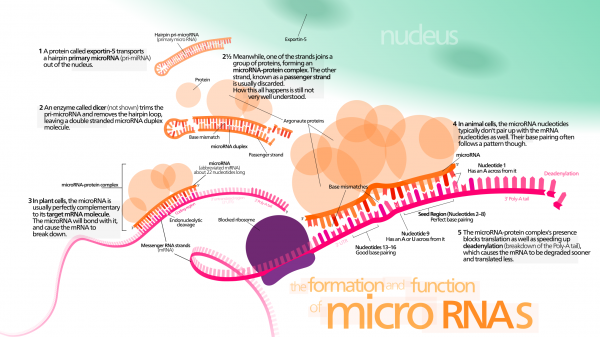
Thu, 2016/06/16
Perspective: Using microRNAs to Induce Single-cell variability
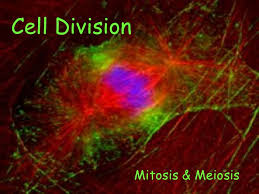
Thu, 2016/05/26
Insight: the Mechanism to Maintain the Spindle at the Cell Center during Mitosis
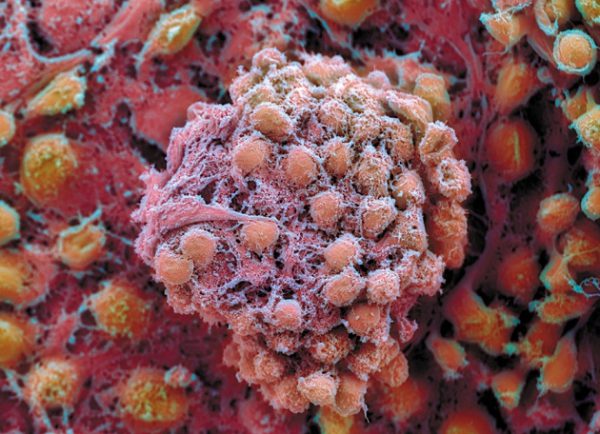
Thu, 2016/05/19
Global Standards for Stem-cell Research
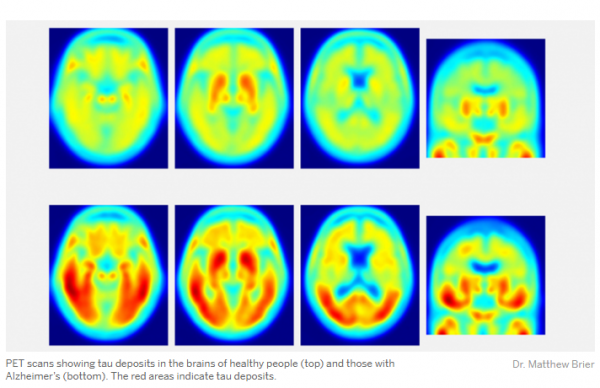
Thu, 2016/05/12
Tau Protein—Not Amyloid—May Be Key Driver of Alzheimer’s Symptoms
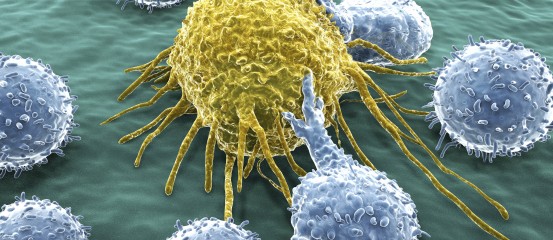
Sat, 2016/05/07
Human Embryo Research Confronts Ethical ‘Rule’
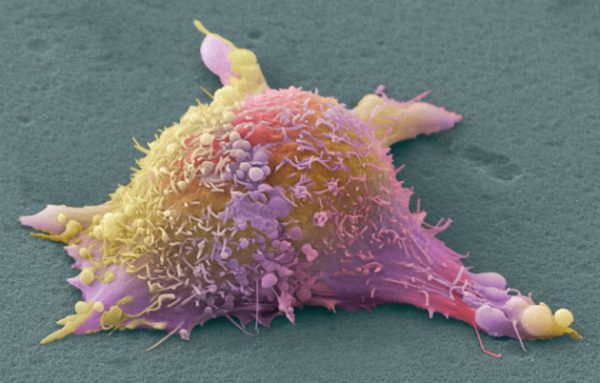
Mon, 2016/04/25
Precision Medicine: Researchers Push for Personalized Tumor Vaccines
Fri, 2016/04/15
JAK2 Inhibitors Target Aggressive Breast Cancers
